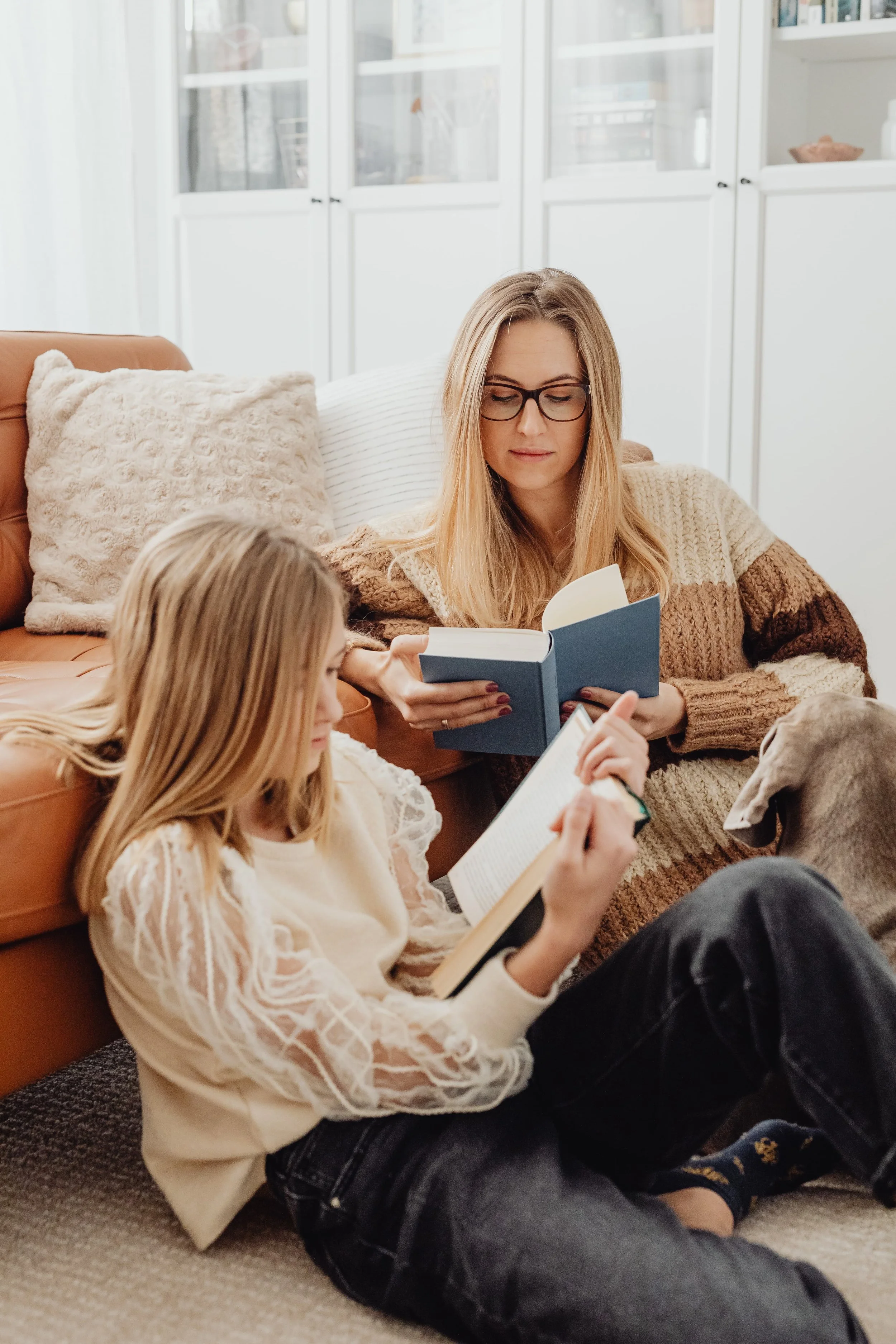I’m looking for a book about… Attachment Styles and/or Healthy Boundaries
You’ve heard about the different attachment styles somewhere or another, maybe a TikTok… Instagram Reel… but haven’t quite gotten around to checking out what yours might be yet?
And boundaries? Sure, you know what they are in theory, but who really even knows what that means?
If you’ve been meaning to look into these topics, but have no idea where to start —look no further!
I want to know more about attachment styles…
Put simply, attachment theory helps us look at how our interactions with caregivers growing up affect our lives moving forward.
The New Rules of Attachment by Dr. Judy Ho, PHD, ABPP, ABPdN.
Strengths: Provides a good amount of education on the topic, as well as an attachment style quiz and practical worksheets that can help you put the theory into practice in more than just your relationships, but other areas of your life as well.
Reparenting Your Inner Child by Nichole Johnson, LPC, MEd
Strengths: This book does a good job explaining how developmental trauma can impact relationships and self-concept (how we view and understand ourselves) later in life. It approaches attachment from a slightly different lens, proposing that changing how we approach ourselves through self-talk, self-compassion, and behavioral changes can help people manage symptoms of early childhood trauma.
Considerations: The concept of reparenting your inner child is a bit more abstract, so it might be helpful for folks working with a therapist who can help them apply the skills mentioned in the book. If you’re interested in this type of work, it’s most often used by therapists who utilize the following modalities: Psychodynamic, Acceptance and Commitment Therapy (ACT), and Internal Family Systems Therapy (IFS).
Where do I even start with boundaries?
There are a ton of books on this subject; these are just a few of my favorites.
Drama Free by Nedra Glover Tawwab, MSW, LCSW
Strengths: This book does a great job of describing what boundaries are generally, identifies what different boundary violations can look like using different relationship examples, explains the need for boundaries and how they can improve our lives, and uses real examples of how you can implement them in your lives moving forward. I also think the author does a good job finding balance in their examples. They don’t overly villainize the person on the receiving end of the boundary, but help us understand where they might be coming from, while also reinforcing the fact that it’s okay to set boundaries regardless.
Codependent No More by Melody Bettie
Strengths: If you’re struggling with boundaries, there’s a chance you might also be dealing with some codependence (either on your end, the other person’s, or both) — so this book could be helpful in understanding what that means.
Considerations: This book is a classic on the topic, so there are many editions out there; make sure to get the 2022 updated/revised version to ensure you get the most up-to-date material.
While I’ve read all the books on the list, I tend to have a “take what fits and leave the rest” mentality when it comes to reading — that said, listing them doesn’t mean that I agree with everything expressed in each of them. I just think they’re a great place to start if you’re interested in the topics, and could be excellent at helping start conversations with your own therapist should the need arise.


